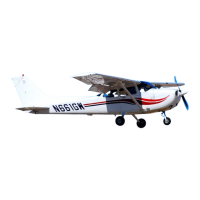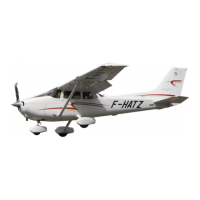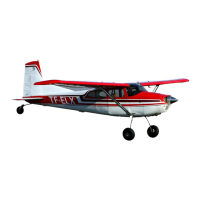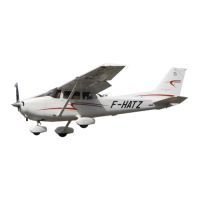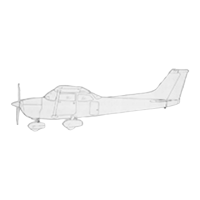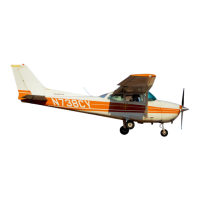CESSNA
MODEL 182T NAV
Ill
SECTION 5
PERFORMANCE
INTRODUCTION
Performance data charts on the following pages are presented so
that you may know what to expect from the airplane under various
conditions, and also, to facilitate the planning of flights in detail and
with reasonable accuracy. The data in the charts has been
computed from actual flight tests with the airplane and engine in
good condition and using average piloting techniques.
It should be noted that performance information presented in the
range and endurance profile charts allows for 45 minutes reserve
fuel at the specified cruise power. Fuel flow data for cruise is based
on the recommended lean mixture setting at all altitudes. Some
indeterminate variables such as mixture leaning technique, fuel
metering characteristics, engine and propeller condition, and air
turbulence may account for variations of
10O/0 or more in range and
endurance. Therefore, it is important to utilize all available
information to estimate the fuel required for the particular flight and
to flight plan in a conservative manner.
USE OF PERFORMANCE CHARTS
Performance data is presented in tabular or graphical form to
illustrate the effect of different variables. Sufficiently detailed
information is provided in the tables so that conservative values can
be selected and used to determine the particular performance
figure with reasonable accuracy.
SAMPLE PROBLEM
The following sample flight problem utilizes information from the
various charts to determine the predicted performance data for a
typical flight. Assume the following information has already been
determined:
AIRPLANE CONFIGURATION:
Takeoff weight 31 00 Pounds
Usable fuel
~ ~
p~~~
~~
~-
Q7
fl
C-llnne
V,
."
ULIIIV110
TAKEOFF CONDITIONS
Field pressure altitude
Temperature
1500 Feet
28°C (16°C Above
Standard)
(Continued Next Page)
U.S. 5-3
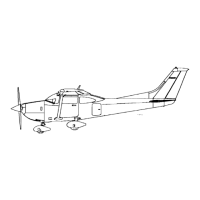
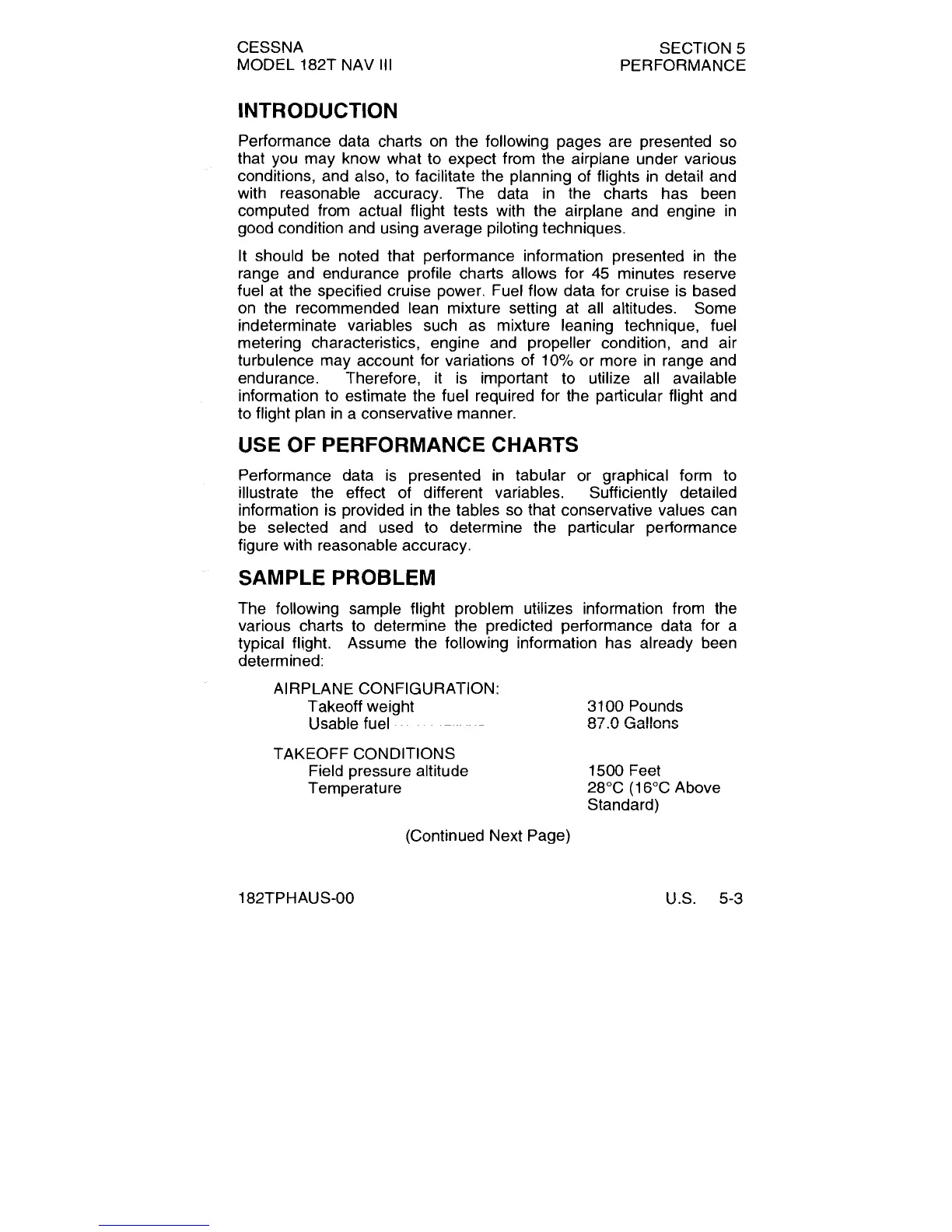